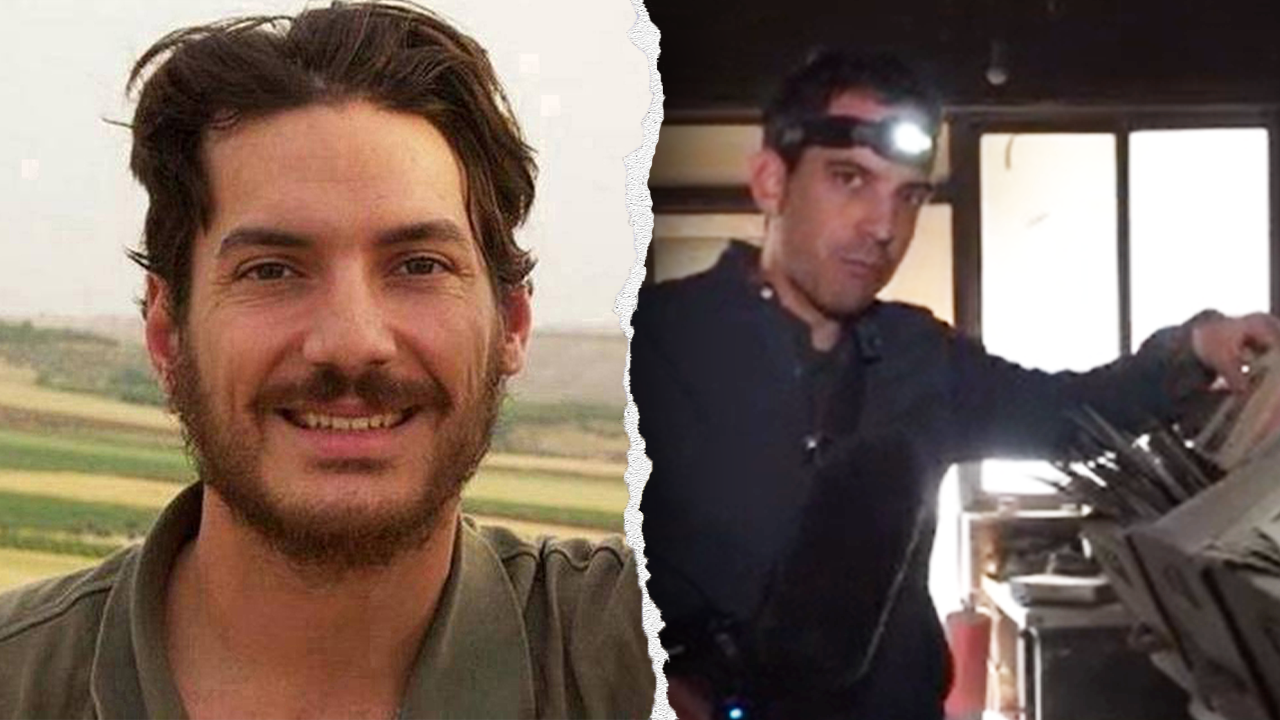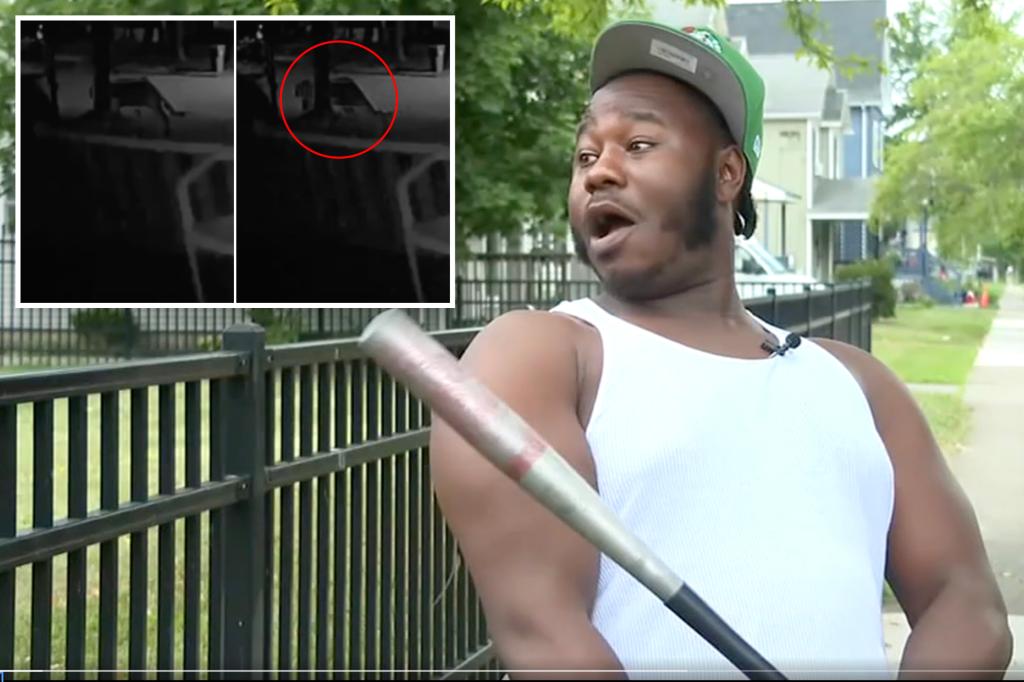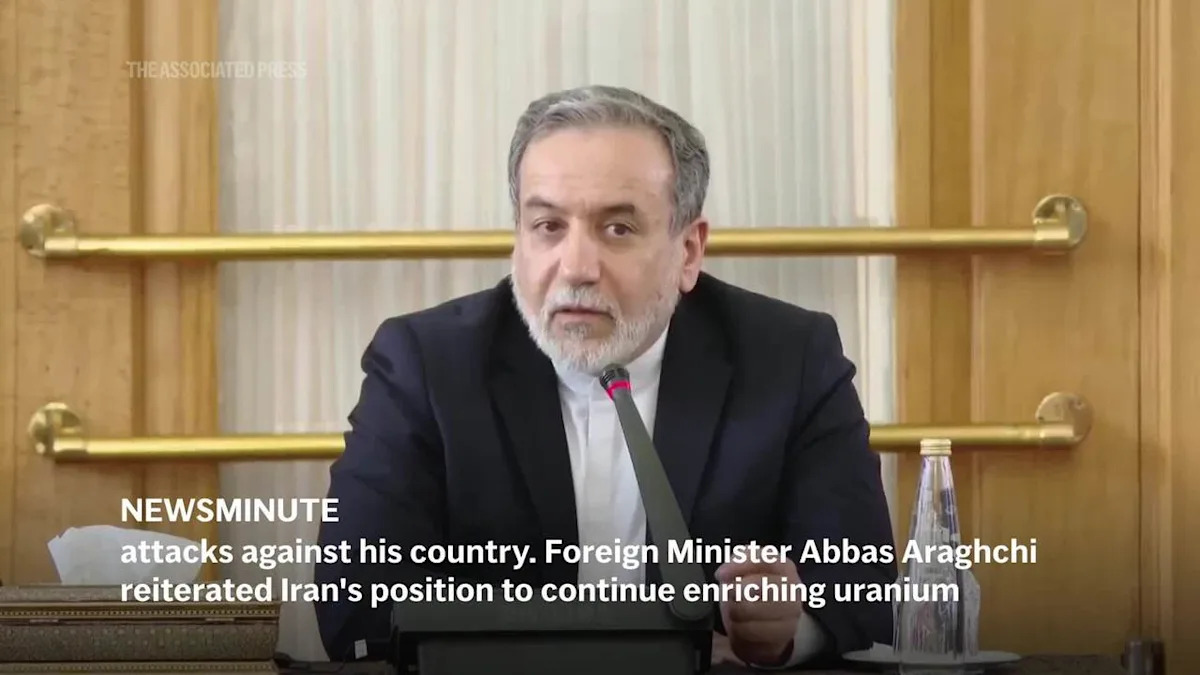Introduction
In the aftermath of the Assad regime’s collapse, renewed efforts have emerged to locate missing individuals, notably American journalist Austin Tice. Among these endeavors, journalist Trey Yingst’s recent exploration of an abandoned Syrian detention center stands out, shedding light on the perils journalists face in conflict zones and the relentless pursuit to uncover the fate of the disappeared.
Trey Yingst’s Investigation
Following a tip from a U.S. intelligence source, Trey Yingst ventured into the National Security building in Damascus, a notorious detention site under the Assad regime. His objective was to find any information regarding Austin Tice, who vanished in Syria in 2012. Yingst’s exploration revealed the grim conditions detainees endured, though he found no direct evidence of Tice’s whereabouts. The search continues, with hopes that newfound access to such sites may yield crucial information.
The Plight of Austin Tice
Austin Tice, a freelance journalist and former U.S. Marine, disappeared in August 2012 while reporting on the Syrian civil war. Despite the release of a video showing him in captivity shortly after his abduction, his exact location and condition have remained unknown. Over the years, various U.S. administrations have gathered numerous tips, but verification has been challenging. The recent political upheaval in Syria has intensified efforts to locate Tice, though new credible leads still elude U.S. officials.
Challenges in Locating Missing Journalists
The search for missing journalists like Austin Tice is fraught with challenges, including:
- Political Instability: Ongoing conflicts and regime changes can disrupt search efforts and obscure information.
- Lack of Reliable Intelligence: In conflict zones, obtaining accurate and actionable intelligence is often difficult.
- Safety Concerns: The volatile environment poses significant risks to those conducting searches.
These obstacles necessitate coordinated international efforts and innovative strategies to locate and recover missing individuals.
Broader Implications
The dangers faced by journalists in conflict zones underscore the critical need for enhanced protective measures and international protocols to ensure their safety. The disappearance of journalists like Austin Tice highlights the importance of press freedom and the perils associated with reporting in hostile environments. It also emphasizes the need for persistent advocacy and diplomatic efforts to secure the release of those detained or missing.
Conclusion
Trey Yingst’s daring exploration of Syria’s abandoned detention centers brings renewed attention to the plight of missing journalists and the ongoing quest to uncover their fates. As efforts continue to locate Austin Tice, his story serves as a poignant reminder of the risks journalists undertake to bring truth from the world’s most perilous regions. The international community must remain vigilant and proactive in supporting press freedom and ensuring the safety of journalists worldwide.
Related Video
For a visual account of Trey Yingst’s investigation, watch the following video:
Further Reading
- In search for US journalist Austin Tice, a clue from 11 years ago
- US working directly with rebels that overthrew Assad in search for American hostage Austin Tice
See more NY Times Report



